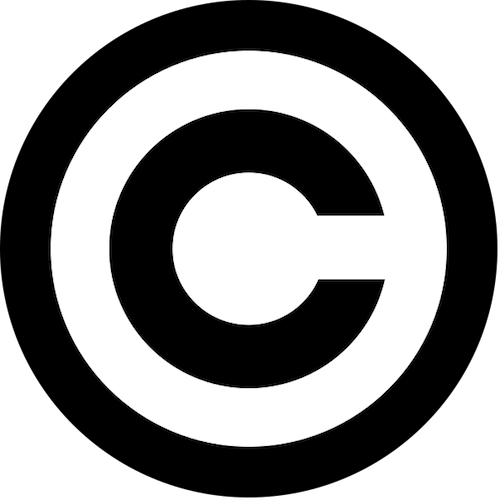Like any artist, songwriters have a tendency to borrow from their influences. Especially in hip hop and related genres, producers will sample music from another artist to flip it and make it their own. The issue with this, though, is that copyright law gives songwriters/musicians exclusive rights to their work. Generally, when sampling others’ work, you need to obtain explicit legal permission to do so. There is such thing as fair use, though it’s somewhat limited in its reach.
Getting permission from the copyright owners of sampled music is called “sample clearance.” This is common practice and nothing out of the ordinary that should cause any undue stress. However, not clearing your samples could lead to some pretty hefty problems, like lawsuits or not being able to distribute your work. We’ll take a closer look at when you need to obtain sample clearance and when fair use rights come into play.
When Do You Need to Clear Samples?
In the simplest terms, if you plan to make copies and release your work to the public you will need to first obtain sample clearance. But if you’re just keeping the project for yourself, or to play in a small group of friends and family, you don’t need to worry about being hunted down by lawyers for “stealing” somebody else’s song!
You can also manage to avoid clearing any samples if you’re playing the sampled material live. For instance, many acts have a “walkout” song before hitting the stage, or may incorporate sampled work into their live set. This does not require clearance for a couple of reasons. 1) You’re not making distributable copies, and 2) the venue already has a blanket license paying out performing rights organizations.
Of course, if your sample falls under fair use criteria, you don’t need to clear that either. We’ll dig into that shortly.
What If I Don’t Clear My Samples?
As an independent artist, it’s quite likely that you may not be able to obtain sample clearance. This could be because you can’t get a music publisher to respond to you, or because you simply can’t afford the fees. Operating without sample clearance has its risks, which shouldn’t be taken lightly.
If you don’t think you’ll be able to obtain or afford sample clearance, then it’s best to just not use that sample. There are ways less scrupulous individuals attempt to skirt around sample clearance, but that behavior should never be encouraged.
Sample clearance serves multiple purposes, one of which is giving credit (and royalties!) where credit is due — and that’s extremely important in the music business.
What is Fair Use?
Fair use allows you to copy parts of a copyrighted work when your use is for a limited purpose, such as for educational examination or to comment upon, criticize, or parody the sampled material.
There are three major factors courts will review when determining whether a sample falls under fair use law.
- You sampled only a small portion of the work. There’s no “sweet spot” or predetermined number, but using 10 seconds versus a full minute is a factor.
- You made the material your own in some way, by adding additional instrumentation and melody.
- You didn’t cause any financial harm to the copyright owner. For example, using a classical sample in a hip hop instrumental means your work appeals to a different demographic than the original sampled material.
Again, it’s important to remember that there’s no preset number, such as, “If I only use three seconds, I’m in the clear!” That’s actually a predominant myth. In fair use, there are many factors at play.
When in Doubt, Obtain Clearance
It’s obvious that the safest way to operate when sampling copyrighted material is to obtain clearance. It’s common practice but can also be difficult for an unheard-of independent producer trying to get in touch with music publishers.
If you must, you can sample copyrighted work with fair use in mind, making sure you also take precautions to limit your risk of being hit for infringement. Know the law, and proceed with caution!
